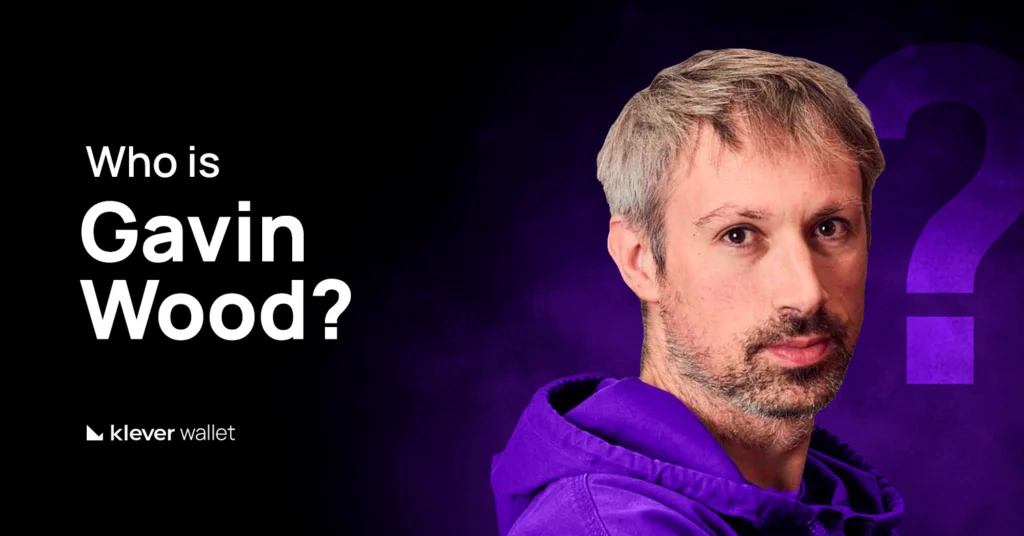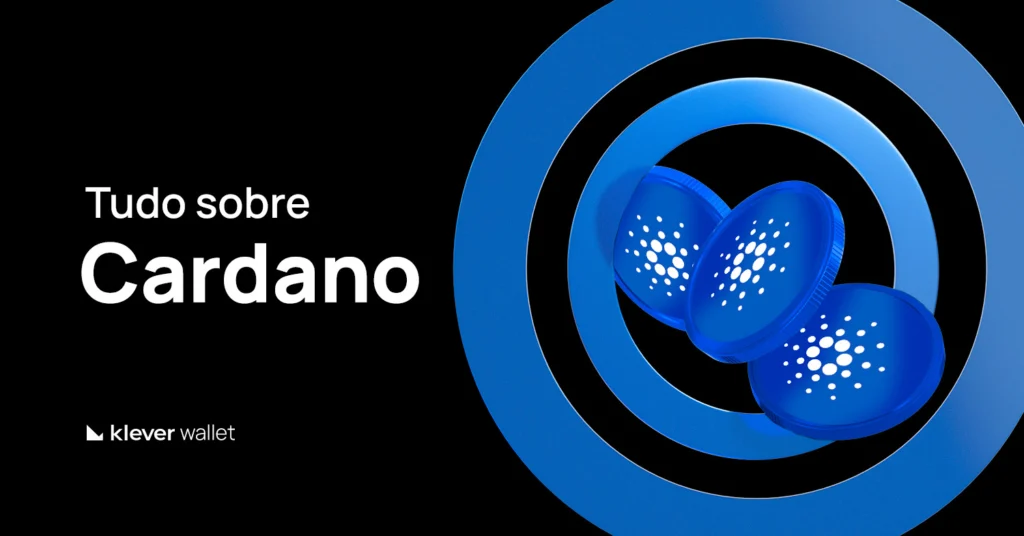
Polkadot is redefining the concept of blockchain.
With fully on-chain governance and an expanding ecosystem, Polkadot has established itself as one of the cornerstones of the new generation of interoperable blockchains.
Next, we’ll explore in detail how the Polkadot protocol works — including its multichain architecture, leading projects, and more.
What Is Polkadot?
Polkadot is a multichain blockchain protocol created to connect and secure multiple specialized blockchains within a single ecosystem.
Founded by Dr. Gavin Wood, co-founder of Ethereum and creator of Solidity, Polkadot was launched by the Web3 Foundation and Parity Technologies in 2020.
Its purpose is simple yet transformative: enable interoperability, scalability, and shared security among independent blockchains — called parachains — all coordinated by a central chain known as the Relay Chain.
While the Relay Chain manages consensus, validation, and network security, each parachain can specialize in its own function — from DeFi and NFTs to gaming, identity, or data privacy — creating a scalable and cooperative environment for Web3 development.
At the center of this ecosystem is DOT, Polkadot’s native token. Beyond being a governance and staking asset, DOT represents ownership, participation, and influence within the Polkadot ecosystem — giving holders a direct role in shaping its future.
In simpler terms, Polkadot acts as the foundation for a network of blockchains, where each one can innovate independently but still communicate and operate as part of a larger, interconnected system.
How the Polkadot Network Works
Relay Chain: The Network’s Core
The Relay Chain handles security, validation, and consensus for the entire network.
It uses a Nominated Proof of Stake (NPoS) mechanism where nominators stake DOT to support trusted validators.
Parachains: Specialized Blockchains
Parachains are independent blockchains connected to the Relay Chain.
Each parachain can be optimized for a specific purpose — such as DeFi, gaming, or IoT — while still benefiting from Polkadot’s shared security.
Bridges: External Connectivity
Bridges link Polkadot to other blockchains like Ethereum or Bitcoin, enabling asset and data transfers across ecosystems.
This makes Polkadot a Layer-0 protocol, serving as the foundation for interconnected Layer-1 blockchains.
Polkadot OpenGov: On-Chain Governance
Polkadot OpenGov is the blockchain’s fully on-chain governance system that gives every DOT holder a direct voice in how the network evolves.
Unlike traditional governance models that rely on centralized foundations or councils, OpenGov allows users to propose, discuss, and vote on changes directly through the blockchain — without intermediaries.
Each proposal is submitted and decided through referendums, where votes are weighted by the amount of DOT staked.
This ensures that governance power remains distributed among active participants who have a genuine stake in the network’s success.
In 2024, the Polkadot community reached a new milestone, submitting over 950 proposals — covering everything from technical upgrades and parachain optimizations to treasury-funded ecosystem projects and community initiatives.
Main Governance Components
🔹 Technical Collective – A group of experts responsible for assessing the technical soundness of proposals and emergency upgrades.
🔹 Treasury Council – Oversees Polkadot’s on-chain treasury, allocating funds to development teams, community builders, and ecosystem growth initiatives.
🔹 Referendum System – The heart of OpenGov, enabling all DOT holders to vote on proposals in real time, ensuring transparent and democratic decision-making.
This decentralized governance model positions Polkadot as one of the most community-driven and transparent blockchains in Web3, where innovation and decision-making are guided not by a company — but by the collective will of its participants.
Polkadot Ecosystem and Real-World Use Cases
The Polkadot ecosystem has grown into one of the most diverse and technically advanced networks in Web3.
Today, it includes over 40 active parachains and hundreds of projects built on top of its multichain infrastructure — each optimized for a different purpose while sharing the same security layer from the Relay Chain.
This design allows Polkadot to operate like an internet of blockchains, where each parachain specializes in a specific function but can communicate with others seamlessly through cross-chain messaging (XCM).
Key Projects in the Polkadot Ecosystem
- Astar Network – Astar acts as Polkadot’s smart contract hub. It supports both EVM (Ethereum Virtual Machine) and WASM (WebAssembly) environments, allowing developers to deploy Ethereum-compatible dApps or native Polkadot apps with high performance and lower fees.
- Moonbeam – Moonbeam brings full Ethereum compatibility to Polkadot, making it possible for developers to easily port existing Ethereum dApps, tokens, and tools into the Polkadot ecosystem. This bridge between ecosystems enhances liquidity and accelerates multi-chain innovation.
- Acala Network – Acala serves as the DeFi hub of Polkadot, offering a stablecoin (aUSD), liquidity pools, and on-chain financial primitives. It provides essential infrastructure for decentralized finance, enabling lending, borrowing, and yield generation within Polkadot’s native environment.
- Phala Network – Phala focuses on confidential smart contracts and privacy-preserving computation. It uses a hybrid approach that combines blockchain security with off-chain processing, ideal for enterprise applications and secure data handling.
- Centrifuge – Centrifuge brings real-world assets (RWAs) like invoices, loans, and real estate into DeFi through tokenization. By using Polkadot’s secure infrastructure, Centrifuge connects traditional finance with blockchain liquidity — allowing businesses to access credit markets transparently while investors earn yield backed by tangible assets.
This is one of Polkadot’s strongest real-world use cases, bridging the gap between Web2 finance and Web3 infrastructure.
Why These Use Cases Matter
Each of these projects demonstrates how Polkadot enables interoperable, specialized blockchains to work together without sacrificing security or scalability.
From DeFi and smart contracts to privacy and cross-chain interoperability, Polkadot functions as the foundation layer for the next generation of Web3 applications — where innovation can scale across chains instead of being locked into a single blockchain ecosystem.
Advantages and Challenges of Polkadot
Advantages
- True Interoperability: Cross-chain messaging and asset transfer via XCM.
- Shared Security: Parachains benefit from the Relay Chain’s validators.
- Flexible Architecture: Developers can customize parachains without building a new consensus layer.
- On-Chain Governance: OpenGov empowers the community to decide network evolution.
Challenges
- Competition: Ethereum, Solana, and Avalanche continue to expand their ecosystems rapidly.
- Adoption Curve: Technical complexity limits mainstream awareness.
- Market Concentration: Around 40 % of addresses belong to exchanges, highlighting speculative activity.
- Token Inflation: Despite the new linear model, DOT’s long-term supply dynamics require monitoring.
Polkadot vs Ethereum: Key Differences (2025 Perspective)
| Feature | Polkadot | Ethereum |
| Purpose | Interoperability Layer 0 | Smart contract Layer 1 |
| Consensus | Nominated PoS (NPoS) | Proof of Stake (PoS) |
| Governance | Fully on-chain (OpenGov) | Off-chain + EIP votes |
| Scalability | Parallel parachains | Layer-2 rollups |
| Launch Year | 2020 | 2015 |
Why does Polkadot Matters in the Web3 Landscape?
Polkadot is not just another blockchain — it’s the infrastructure for blockchains.
By connecting specialized networks under a shared security layer, it solves key limitations of scalability and interoperability that still hold back Web3 adoption.
For developers, investors, and educators, understanding Polkadot’s architecture and tokenomics is essential to grasp the future of modular blockchain design.
Future Outlook for 2025 and Beyond
Polkadot 2.0 introduces a “Coretime” model for parachain allocation, reducing costs and simplifying developer entry.
Expect growth in real-world applications, especially in DeFi, enterprise blockchains, and decentralized identity.
With strong fundamentals and a governance-first approach, Polkadot remains a top-tier project in the interoperability race.
Empowering the Polkadot Ecosystem with Klever Wallet
Polkadot stands out as one of the most innovative multichain networks in the Web3 space — designed to connect blockchains, enable cross-chain communication, and provide true scalability.
But to explore this ecosystem securely, users need full control of their digital assets. That’s where Klever Wallet comes in.
Fully integrated with the Polkadot blockchain, Klever Wallet allows you to store, send, receive, and swap DOT seamlessly while maintaining complete ownership of your private keys.
As Polkadot continues to expand its parachain network and real-world applications, Klever Wallet ensures that your access to this ecosystem remains safe, simple, and decentralized — keeping your DOT exactly where it belongs: in your hands.




